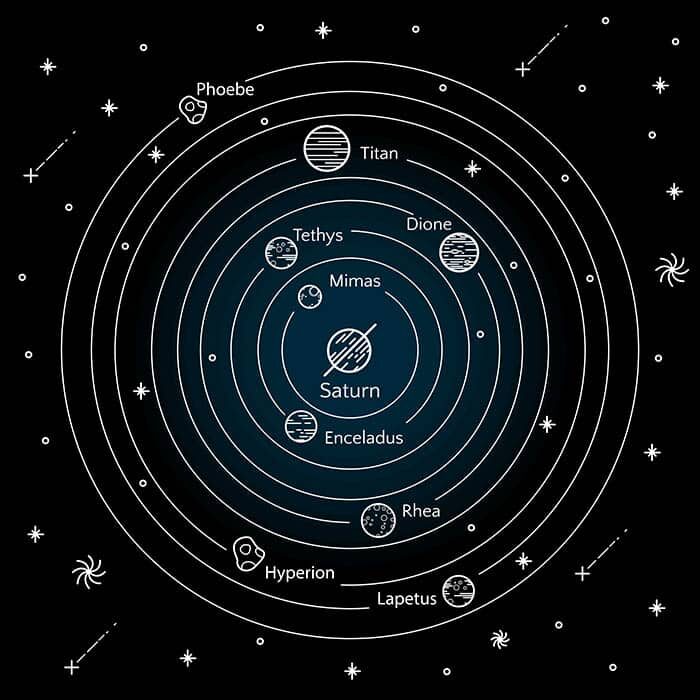Volans Constellation: The Flying Fish
The Volans Constellation is known as being one of the smaller constellations, but this doesn’t mean that the flying fish should be ignored. It borders some other awesome constellations, including Dorado the Dolphin, which makes a great match with the flying fish. Lets look at some facts about Volans.
- Bordered By; Carina, Pictor, Dorado, Mensa, Chamaeleon.
- Named after; The Flying Fish
- Declination; -70°
- Brightest Star; Gamma Volantis
- Best seen; Southern Hemisphere, January
- Size rank; 76th
- Constellation family; Bayer
- Pronunciation; VOE-LANZ
What is Volans named after?
Volans takes it’s name from the flying fish. It is actually shortened from Volans Pisces, Volans being Latin for Flying and Pisces being Latin for Fish. Volans is actually bordered by the constellation Dorado, which takes it’s origins from the Latin for dolphin – with Dorado essentially chasing the Volans fish. It is also quite near to the constellation Vela, which used to form part of the constellation Argo Navis with Puppis and Carina, which actually borders Volans! So, astronomers would put Argo Navis the ship, Volans the flying fish and Dorado the dolphin altogether on maps and writings.
Who founded the Volans Constellation?
Virgo was first noted by two Dutch navigators, Pieter Dirkszoon Keyser and Frederick de Houtman, back at the end of the 16th Century. They nicknamed this constellation the ‘flying fish’. This was then recorded by Dutch astronomer Petrus Plancias (who actually showed Keyser how to observe stars), who also noted many other constellations including Pavo and Tucana.
How can I see Volans in the sky?
It is best seen from the Southern hemisphere between the months of December and February.
Main Stars of Volans
There are several bright stars within Volans that are worth looking a little deeper into. Lets check out some of it’s brightest stars – you can identify the star and match it to the picture below.
- Gamma Volantis (γ) – Gamma Volantis is the brightest star in Volans, and is bright enough to be see without using a telescope. It is an orange giant star, and it’s approximately 142 light years away from us.
- Beta Volantis (β) – Beta Volantis is very bright, making it the second brightest star in the constellation. It is also an orange giant star, and is estimated to be 41x as luminous as the Sun.
- Zeta Volantis (ζ) – Another giant star, Zeta Volantis is more than 5 billion years old and is still bright enough to be seen relatively easily with the naked eye.
- Delta Volantis (δ) – Delta Volantis is a giant star which can be faintly seen without a telescope. Like the other stars, is has a faint orange hue.
- Alpha Volantis (α) – Alpha Volantis is a combination of a chemically peculiar Am star with another star that hasn’t been confirmed. These two stars orbit around another internal object, known as a barycenter.
- Epsilon Volantis (ε) – This star has an approximate distance of 560 light years from the Earth. It is a quadruple star system, made up of a giant star along with others.
Along with these stars, this constellation also has the Lindsay-Shapely Ring in it, which is a ring galaxy with a yellow nucleus. This ring is formed bu a group of blue stars, along with clouds of hydrogen gas, which add a pink color to it. It’s estimated to be 300 million light years away.
The Sum Up
Volans is not one of the biggest or brightest constellations out there, but it is still quite impressive. Originally known as Pisces Volans and later shortened to just Volans, the average star distance is more than 300 light years away, as the closest star is around 100 light years and the furthest is more than 700 light years away.
